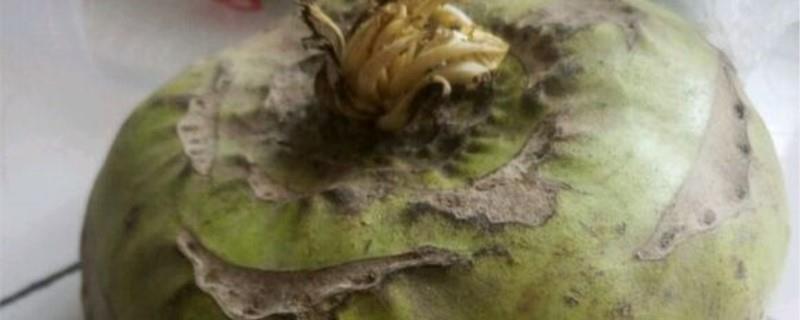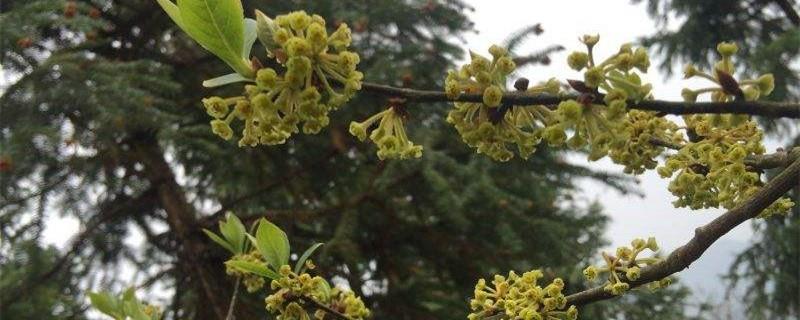How to grow kohlrabi and what you need to pay attention to
Last Update :2024.05.02
Article Catalog
Temperature: The temperature for maintaining kohlrabi should be controlled between 7-25℃; Watering: There is no need to water at ordinary times. Wait until the bulb of the plant expands to four centimeters before watering. Watering is required one to three times a week. ; Fertilization: It is a fertilizer-loving plant and needs to be fertilized once or twice a month; Light: It is a long-day plant, and sufficient light is very helpful for its growth. It has good adaptability to the intensity of light and can accept all kinds of sunlight. The sun shines every day.

1. Maintenance methods
1. Maintenance methods
1. Temperature: It likes warm climate, but it can grow in severe cold and high temperature weather. The temperature requirements are different in different periods. The seedling stage has little temperature requirements. The low temperature can withstand minus 15 degrees and the high temperature can withstand 35 degrees, so there is no need to adjust the temperature; the germination temperature should be controlled between 18 and 20 degrees. This temperature The germination rate is the highest; when the maintenance temperature exceeds 25, the plant's own consumption will increase, the leaves at the base will turn yellow, the bulbs will become loose, and the quality of the plant will be seriously reduced.
2. Watering: The seedling stage is relatively drought-resistant. As long as it is not in a long-term drought environment, it does not need watering. The bulb stage likes a humid growth environment, so you need to start watering it. , but there is no need to water the bulbs when they first begin to develop. Watering is only required when the bulbs grow to four centimeters. The amount of watering each time does not need to be too much, just water until the soil is completely moist. .
3. Fertilization: During the growth period, the consumption of nutrients is very large. According to the composition of fertilizer, the fertilizer should be mainly nitrogen fertilizer, supplemented by phosphorus and potassium fertilizer. If there is base fertilizer applied to the soil, you should use compound fertilizers when fertilizing. In addition, you can also add an appropriate amount of calcium to the soil. When fertilizing, you should not apply excessive amounts of any one type of fertilizer. They should be matched together so that Be nutritionally balanced. The frequency of fertilization is once every half month.
4. Light: Its growth is inseparable from light. The lighting time must be more than five hours a day, otherwise poor growth is likely to occur.
2. Breeding skills
1. Reproduction: It can be reproduced by sowing. First prepare the seedbed. Mix the seedbed soil mixed with base fertilizer and put it into a nutrient bowl. Before sowing, you need to water the soil well. Wait until the water has completely penetrated before sowing. Place two seeds in each hole and cover it after sowing. Add fine soil and cover with mulch, and seedlings will emerge in about a week.
2. Pruning: There is no specific way to prune it. You just need to cut off the leaves that are not growing well during the growth process.
3. Problem diagnosis
1. Insect damage: When the plant reaches the balling stage, it is easy to be infected by diamondback moth, which will cause the plant to be unable to ball and affect the yield. If you find diamondback moths, you can use pyrethroid pesticides to eliminate them.
2. Disease: It is prone to damping-off disease. It is best to use sterile soil as a seedbed before planting, or use soil that has been disinfected with lime water before sowing. This can effectively prevent damping-off disease. happened.
4. Other issues
1. Edible: It is edible.
2. Other functions: It can be used as medicine.
2. Breeding skills
3. Problem diagnosis
4. Other issues
- END -
How to grow sassafras wood

Soil: Acidic red soil or acidic yellow soil with deep, loose and well-drained soil...
What is forsythia? Is it hot or cool?

Forsythia suspensa is a deciduous shrub of the genus Forsythia of the family Forsy...